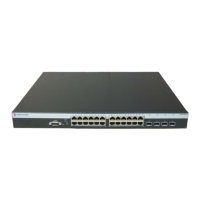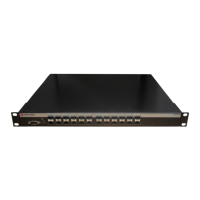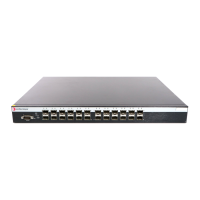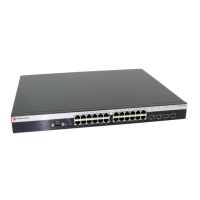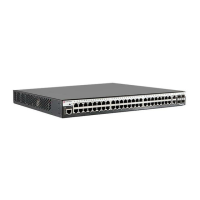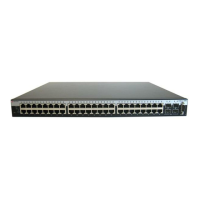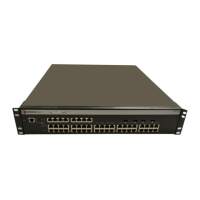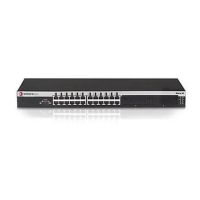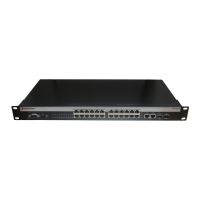Power over Ethernet Overview
7-2 Configuring System Power and PoE
• Pan/Tilt/Zoom (PTZ) IP surveillance cameras
• Devices that support Wireless Application Protocol (WAP) such as wireless access points
Ethernet implementations employ differential signals over twisted pair cables. This requires a
minimum of two twisted pairs for a single physical link. Both ends of the cable are isolated with
transformers blocking any DC or common mode voltage on the signal pair. PoE exploits this fact
by using two twisted pairs as the two conductors to supply a direct current to a PD. One pair
carries the power supply current and the other pair provides a path for the return current.
Using PoE allows you to operate PDs in locations without local power (that is, without AC
outlets). Having such a network setup can reduce the costs associated with installing electrical
wiring and AC outlets to power the various devices.
Implementing PoE
You can configure PoE on your PoE-compliant Enterasys device through the CLI-based
procedures presented in the section “Configuring PoE” on page 7-4. As part of your plan to
implement PoE in your network, you should ensure the following:
• The power requirements of your PDs are within the limits of the PoE standards.
• Your PoE-compliant Enterasys device can supply enough power to run your PDs. See
Table 7-1 for power ranges based on each device class.
If SNMP traps are enabled, the Enterasys device generates a trap to notify the network
administrator if any of the following occur:
• If the power needed or requested exceeds the power available
• If a power state occurs on a PD (for example, when a PD is powered up or unplugged)
If insufficient power is available for an attached PD, the corresponding port LED on the Enterasys
device turns amber. The LED also turns amber if a PoE fault occurs (for example, a short in the
Ethernet cable).
Allocation of PoE Power to Modules
The switch firmware determines the power available for PoE based on hardware configuration,
power supply status, and power supply redundancy mode. The system calculates and reserves the
correct amount of power required by the installed hardware components and then makes the
Table 7-1 PoE Powered Device Classes
Class Power Output at Port Power Range Used by Device
0 15.4 watts 0.44 to 12.95 watts
1 4.0 watts 0.44 to 3.84 watts
2 7.0 watts 3.84 to 6.49 watts
3 15.4 watts 6.49 to 12.95 watts
4 34 watts (802.3at)
Reserved (802.3af)
12.95 to 25.5 watts (802.3at)
Treat as class 0 (802.3af)
Note: This feature is available only on the G-Series.
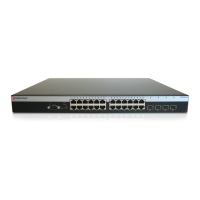
